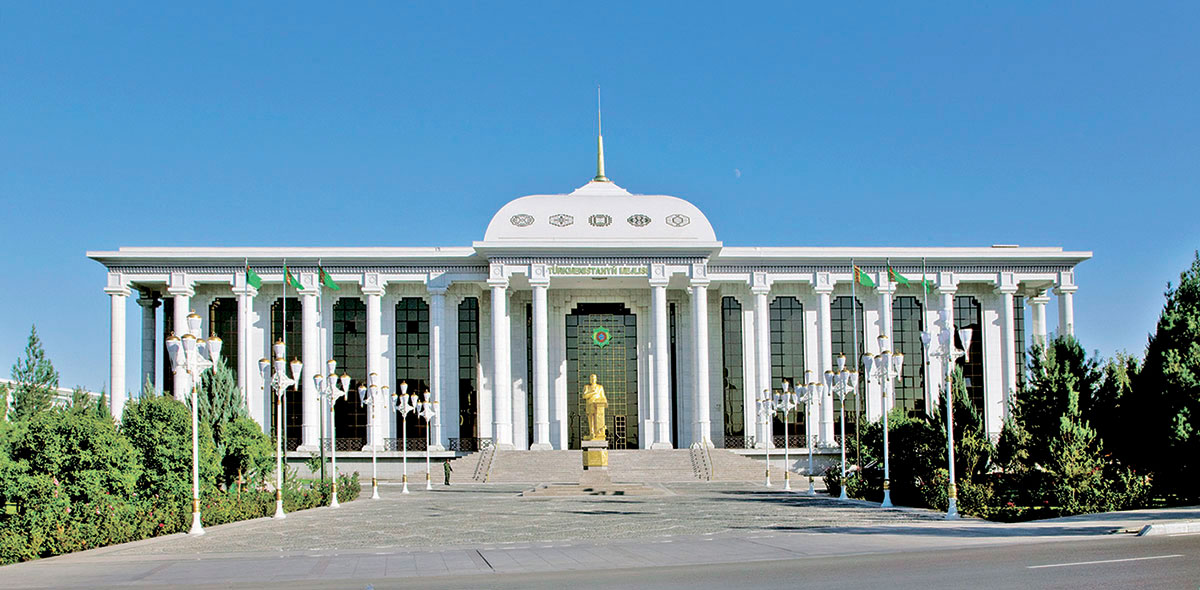The cave city of Ekedeshik, located on the left bank of the Murghab River, has the status of a historical and cultural monument. It is dug in clay sandstone 100 m above the river and is a two-story labyrinth, united by a common gallery passage. The caves go 37 meters deep. The name translated from Turkmen means "one hole", and indicates that the huge complex had only one exit, which contributed to its invisibility and inaccessibility. Researchers believe that this architectural monument originated around the 1st century BC.
The origin of the caves is shrouded in mystery. The labyrinth is mentioned in many Turkmen tales and legends. So in one of the legends there is a story that camel caravans in two rows could enter and leave the cave.
Most archaeologists assume that the city was an underground abode of Christian or Buddhist monks who in ancient times lived in the territory of Central Asia. There are 44 separate rooms in Ekedeshik in total. Only a few of them have completely collapsed and are inaccessible for visiting. In some of the rooms, high staircases have been cut down to the second floor. Part of the premises on the first floor was used only for collecting water from underground sources, and the premises in the upper gallery served mainly for housing. Some of the "apartments" on the second floor were quite spacious and could accommodate entire families.
Due to the fact that the walls are corrugated, the sound in Ekedishek is completely absorbed. Special recesses for lamps can be seen in the walls.
Roman Teplyakov






